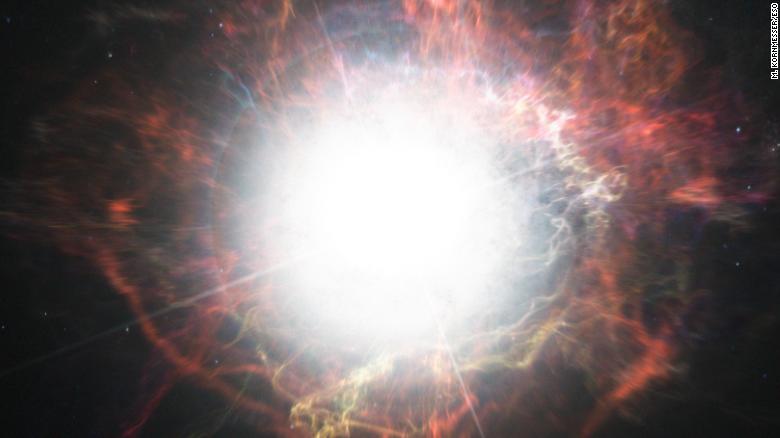

Goleta, CA ? It?s the star that won?t die, even though it has exploded and appeared to go down in a blaze of glory multiple times. This superlong supernova may be the first of its kind.
When they first observed supernova iPTF14hls in September 2014, astronomers at Las Cumbres Observatory in California thought it was perfectly normal. They analyzed the light of the explosion to study the material ejected and its speed.
But Zheng Chuen Wong, an intern at the observatory from the University of California, Santa Barbara, noticed something strange about the supernova and showed it to Iair Arcavi, a NASA Einstein postdoctoral fellow at the university.
A supernova, the massive explosion of a star, usually signals the end. Typically, a supernova remains bright for 100 days before fading. But this one fluctuated by brightening and dimming over the course of 600 days, according to a study released in the journal Nature on Wednesday.
The brightness of a supernova provides a luminosity equaling that of about 100 million suns.
?My first thought was that this must be some nearby star in our galaxy, just varying its brightness,? Arcavi, lead author of the study, wrote in an email. ?But when we got the first spectrum of it, we saw that it was in fact a supernova 500 million light-years away. My mind was blown. The fact that it got bright and dim five times was very unusual. We?d never seen a supernova do that before.?
The astronomers decided to look over archival data and discovered a surprise: The same star was observed exploding in 1954 and somehow survived the massively catastrophic event, only to explode again ? and continue to survive.
‘Zombie’ Star Won’t Die, Even After Exploding | WNEP.com